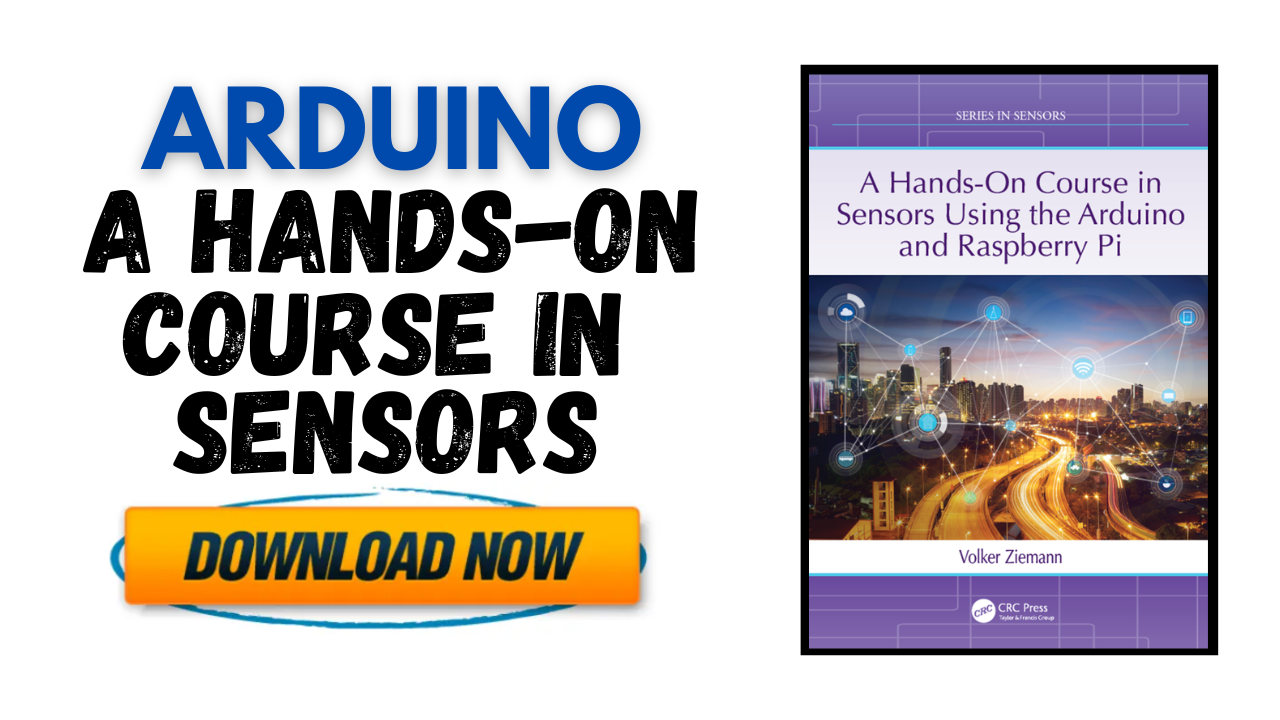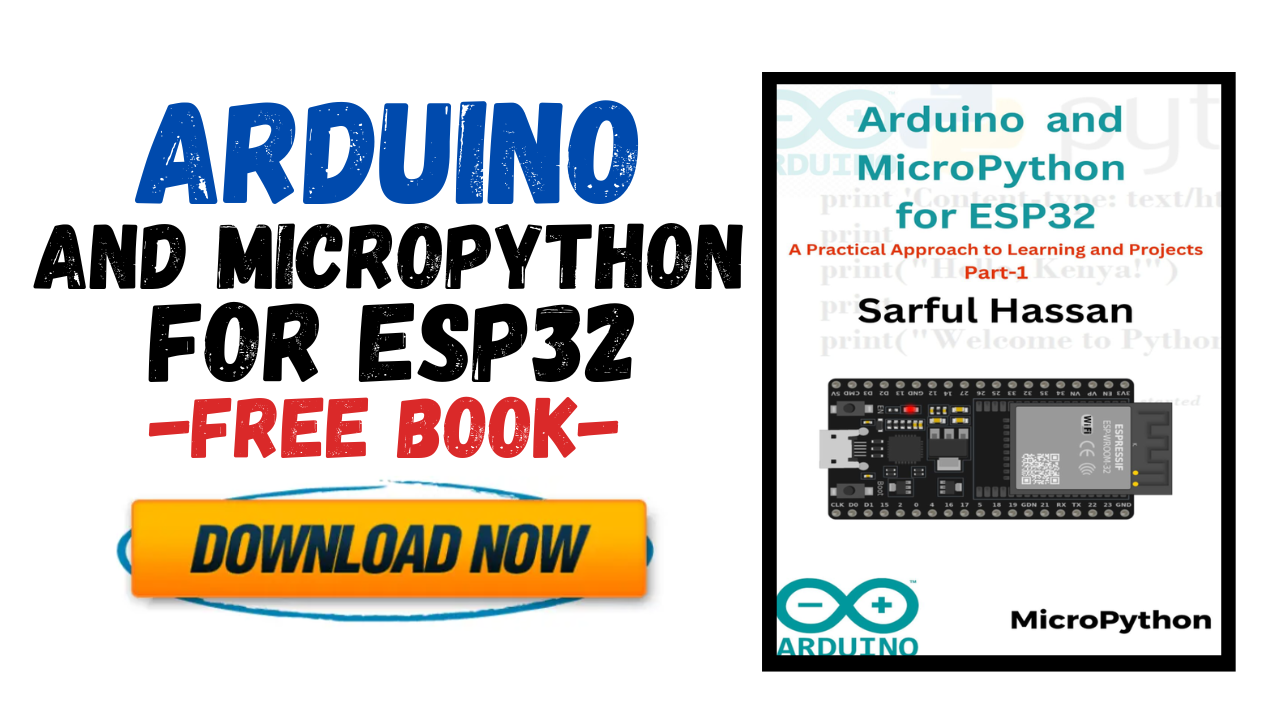Reading “Introduction to the Arduino Nano” is an essential step for anyone who wants to begin their journey in electronics, programming, and embedded systems design. The Arduino Nano is one of the most compact and versatile microcontrollers in the Arduino family, offering powerful features in a small and affordable package. This book provides a clear, structured guide to understanding the basics of how the Nano works, how to program it, and how to use it effectively in different projects.
One of the main reasons to read this book is that it offers a hands-on learning experience. It walks you through practical examples that help you connect sensors, LEDs, motors, and other electronic components to the Arduino Nano. By following these experiments, you not only learn how to write and upload code but also understand how hardware and software interact. This approach builds confidence and helps you develop problem-solving skills that are crucial in electronics and engineering.
Another key benefit is that the book simplifies complex concepts such as input/output control, analog and digital signals, and communication protocols. The explanations are beginner-friendly, making it easy to grasp topics that might otherwise seem difficult. It also introduces you to the Arduino IDE and basic coding structures, which are valuable for future projects involving automation, robotics, or IoT.
Moreover, reading “Introduction to the Arduino Nano” helps you appreciate the importance of open-source hardware and community-driven learning. With this knowledge, you can start designing your own circuits, writing custom programs, and even combining the Nano with other devices for advanced applications.
In summary, this book provides a strong foundation in electronics and microcontroller programming. It empowers you to turn ideas into real working prototypes, making it a must-read for students, hobbyists, and aspiring engineers alike.

![[PDF] Learn Esp32 With Arduino - Practical Project](https://www.youcanfindeverythinginthis.space/wp-content/uploads/2025/10/PDF-Learn-Esp32-With-Arduino-Practical-Project-3.png)
![[PDF] Learn Esp32 With Arduino - Practical Project](https://www.youcanfindeverythinginthis.space/wp-content/uploads/2025/10/2025-10-17_121745.png)


![[PDF] Arduino For Dummies - Free Book](https://www.youcanfindeverythinginthis.space/wp-content/uploads/2025/10/PDF-Arduino-For-Dummies-Free-Book.png)

![[Pdf] Price Action Trading Secrets — Trading Strategies](https://www.youcanfindeverythinginthis.space/wp-content/uploads/2025/09/Pdf-Price-Action-Trading-Secrets-—-Trading-Strategies.png)
![[PDF] CATIA Prismatic Machining Overview - Free Book (1)](https://www.youcanfindeverythinginthis.space/wp-content/uploads/2025/09/PDF-CATIA-Prismatic-Machining-Overview-Free-Book-1.png)